Lamborghini, the prestigious Italian supercar manufacturer owned by Volkswagen Group, is dramatically shifting its electric vehicle strategy. Instead of pursuing an all-electric future, the luxury automaker will prioritize hybrid powertrains through at least 2035, prioritizing the “sound and emotion” of internal combustion engines that customers demand.
CEO Stephan Winkelmann revealed this significant strategic pivot during an exclusive interview at Lamborghini’s London showroom, stating that customer enthusiasm for electric cars is waning and the market landscape has fundamentally changed since the company announced its original electrification goals.
Lamborghini’s Electric Ambitions Put on Hold: A Major Industry Shift
Two years ago, Lamborghini announced ambitious plans for an all-electric successor to its popular Urus luxury SUV, originally scheduled for 2029 launch. However, this timeline has been dramatically extended. The all-electric Urus replacement is now not expected before 2035—a six-year delay that signals a major recalibration of the company’s environmental strategy.
The company is also reconsidering the Lanzador, a planned battery-powered grand tourer (GT) that was conceived as the brand’s technological future. According to Winkelmann: “We still need to decide whether we are going full electric, the decision we took some years ago, or seeing whether in the new environment this should also be a plug-in hybrid.”
This uncertainty reflects broader industry concerns about consumer demand for premium electric vehicles at luxury price points where buyers prioritize driving experience over environmental considerations.
Why Luxury Buyers Want Petrol Engines: Sound, Emotion, and Performance
Winkelmann’s candid explanation reveals the core challenge facing luxury automakers. Premium customers purchasing vehicles costing millions of dollars remain emotionally attached to traditional internal combustion engines. The CEO explained: “This is something they want, they still want the sound and the emotion of an internal combustion engine.”
This preference creates a fundamental dilemma for luxury brands operating in an increasingly regulated environment. Unlike mass-market manufacturers, luxury supercar makers cannot rely on scale to justify electric conversion investments. Their customers don’t merely seek transportation—they seek an experience rooted in engine performance, distinctive acoustic signatures, and driving dynamics that electric motors have yet to replicate at the luxury level.
Key Customer Preferences for Lamborghini Buyers:
- Distinctive engine sound and exhaust notes
- Emotional connection to vehicle performance
- Raw horsepower delivery and acceleration sensation
- The visceral experience of driving a high-performance engine
- Heritage and tradition of internal combustion technology
Current Lamborghini Lineup: Hybrid Strategy in Action
Lamborghini’s current lineup reflects this hybrid-focused philosophy. The company currently manufactures four primary models:
Temerario and Revuelto (Supercars): Both premium models utilize plug-in hybrid technology, combining powerful petrol engines with advanced electric motors. These vehicles can operate in all-electric mode, though only for very short distances—typically 1-2 miles. The hybrid configuration maximizes performance while meeting regulatory requirements.
Urus (Luxury SUV): Available as both a plug-in hybrid and conventional petrol-powered vehicle, the Urus comprises more than 50% of Lamborghini’s total sales, making it the company’s most commercially important model despite being less exotic than the flagship supercars.
Fenomeno (Limited Edition): This exclusive “super-sports” car features a top speed exceeding 215 mph and is produced in severely limited quantities—only 30 units globally—at prices exceeding €3 million (£2.6 million) before taxes.
This product strategy emphasizes that Lamborghini’s strength lies in premium hybrid vehicles rather than pure electric options, at least through the current decade.
Market Reality Check: Declining Electric Enthusiasm Among Premium Buyers
Winkelmann’s strategic decision reflects measurable market trends. He stated plainly: “Today enthusiasm for electric cars is going down. We see a huge opportunity to stay with internal combustion engines and a battery system much longer than expected.”
This observation contradicts industry predictions from just five years ago, when many analysts forecasted rapid consumer adoption of premium electric vehicles. The reality has proven more complex. High-end buyers express concerns about:
- Limited charging infrastructure for long-distance travel
- Battery range anxiety on extended journeys
- Charging time compared to conventional refueling
- Long-term battery replacement costs
- Loss of traditional driving experiences
Continuing with internal combustion engines for another decade, Winkelmann emphasized, would be “paramount for the success of the company.”
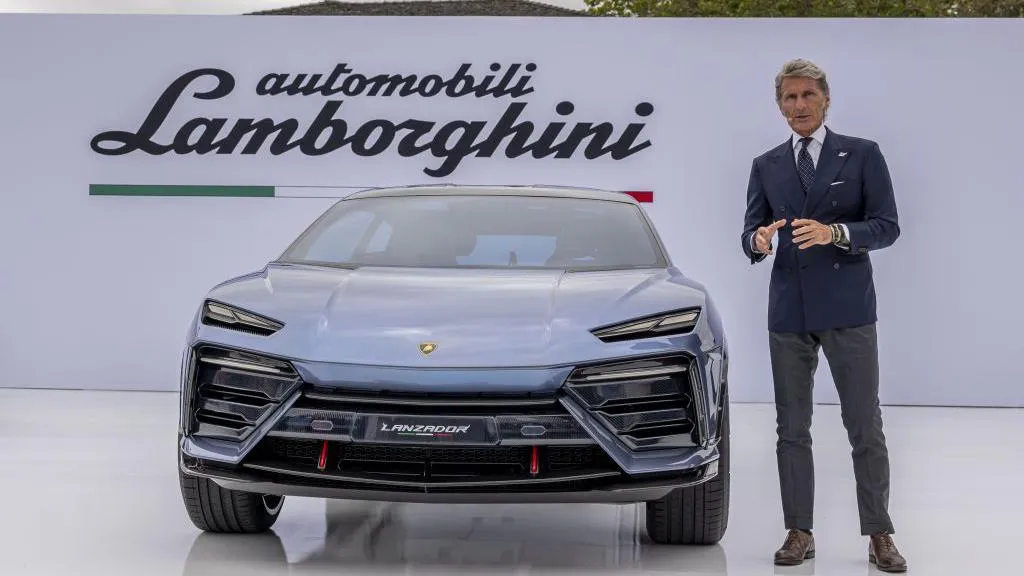
Contrasting Approach: Ferrari Pursues All-Electric Strategy
Lamborghini’s decision contrasts sharply with its Italian arch-rival Ferrari, which is pursuing aggressive electrification plans. Ferrari introduced the appropriately-named “Elettrica,” an all-electric supercar scheduled for unveiling next year. Ferrari CEO Benedetto Vigna declared that the vehicle would possess driving traits that are “unique in the heart, in the soul of our clients.”
The Elettrica will be sold alongside Ferrari’s conventional and hybrid models, representing a more balanced approach to the electric transition. This strategic difference highlights how luxury automakers are diverging in their electrification timelines and philosophies.
According to Ferrari’s official automotive strategy, the company believes electric powertrains can eventually deliver the performance and emotional engagement that customers demand, though acknowledging this requires continued technological development.
Environmental Impact and Corporate Responsibility Arguments
Winkelmann addressed criticism regarding Lamborghini’s reluctance to accelerate electric transition, providing a numerical perspective on the company’s environmental footprint. He stated: “We are selling 10,000 cars in a world that is producing 80 million cars a year, so our impact in terms of CO2 emissions is not that important.”
This represents just 0.0125% of global vehicle production—a figure Winkelmann argued justifies his company’s targeted hybrid approach rather than premium-price all-electric vehicles. He added: “For sure, we are socially responsible, but it doesn’t really make a lot of difference.”
While controversial, this argument reflects the mathematical reality that ultra-luxury, low-volume manufacturers produce negligible environmental impact compared to mass-market automakers. The real emissions reductions will emerge from electrifying vehicles sold in millions annually, not boutique supercars produced in hundreds.
Regulatory Landscape: 2035 Deadline and Manufacturer Loopholes
The European Union and United Kingdom have established 2035 as the deadline for ending sales of new petrol and diesel cars, including plug-in hybrids. However, regulatory complexity creates strategic opportunities for manufacturers like Lamborghini.
The EU has faced intense lobbying pressure from some manufacturers requesting extended transition periods to “acknowledge current industrial and geopolitical realities.” If successful, these lobbying efforts could delay the 2035 deadline, allowing internal combustion engines to remain market-legal beyond current expectations.
UK Low-Volume Manufacturer Exemption: The United Kingdom provides a particularly advantageous exemption for “low-volume” manufacturers registering fewer than 2,500 new cars annually. Lamborghini qualifies comfortably, having sold just 795 cars in the UK last year—roughly one-third of the exemption threshold.
This exemption could theoretically allow Lamborghini to continue selling conventional petrol and hybrid vehicles in the UK market beyond 2035, provided the company remains below the 2,500-unit sales threshold.
The Broader Industry Recalibration
Lamborghini’s strategy reflects broader automotive industry recalibration regarding electrification timelines. Manufacturers initially committed to aggressive all-electric transitions are now:
- Extending internal combustion engine production timelines
- Investing heavily in hybrid technology development
- Recognizing consumer resistance to premium electric pricing
- Acknowledging charging infrastructure limitations
- Prioritizing profitability over purely environmental objectives
The Volkswagen Group—Lamborghini’s parent corporation—is itself navigating complex electrification decisions across multiple brands, from mass-market Volkswagen vehicles to premium Audi and Porsche models.
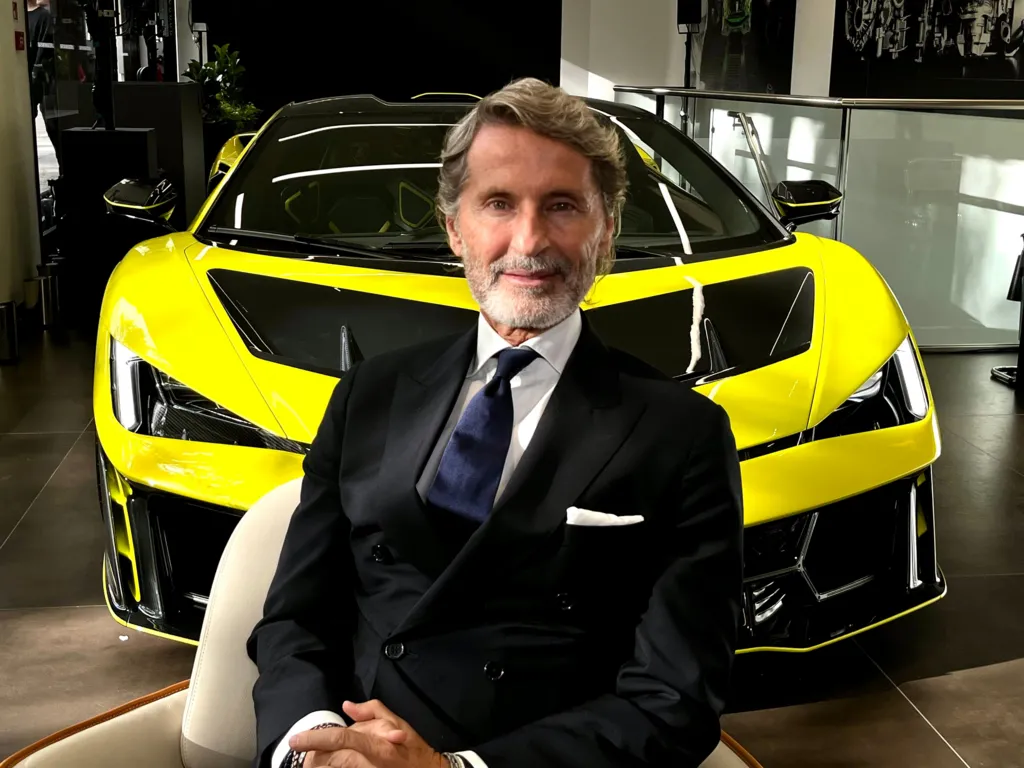
Future Outlook: Hybrid Dominance Through the 2020s
Looking forward, Lamborghini will remain committed to hybrid powertrains through at least 2035. The company will decide within the next month whether the Lanzador grand tourer will be all-electric or plug-in hybrid, but insider expectations suggest hybrid technology will ultimately prevail.
This extended hybrid strategy provides Lamborghini with crucial benefits:
- Maintains customer satisfaction through preserved engine performance and sound
- Allows regulatory compliance without abandoning premium positioning
- Provides time for battery technology advancement and charging infrastructure development
- Preserves company profitability at low sales volumes
- Extends profitable production of current powertrains
Key Takeaways
Lamborghini’s strategic pivot represents a pragmatic reassessment of market realities and customer preferences. Rather than forcing all-electric adoption to satisfy environmental commitments, the company prioritizes hybrid technology that balances customer desires, regulatory requirements, and business profitability through 2035.
This approach suggests that all-electric adoption among ultra-premium automakers will extend considerably longer than mainstream industry predictions suggested just years ago. For Lamborghini customers, this means continued access to the internal combustion engine sound and emotional driving experience they demand, while satisfying regulatory emission requirements through hybrid technology.
The decision ultimately reflects a fundamental truth in luxury automotive markets: heritage, emotion, and driving experience often outweigh technological novelty among premium customers willing to pay extraordinary prices.

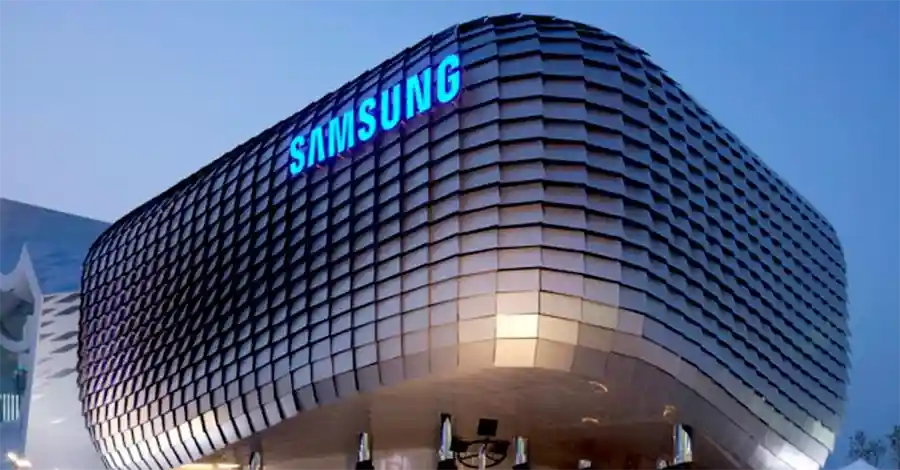

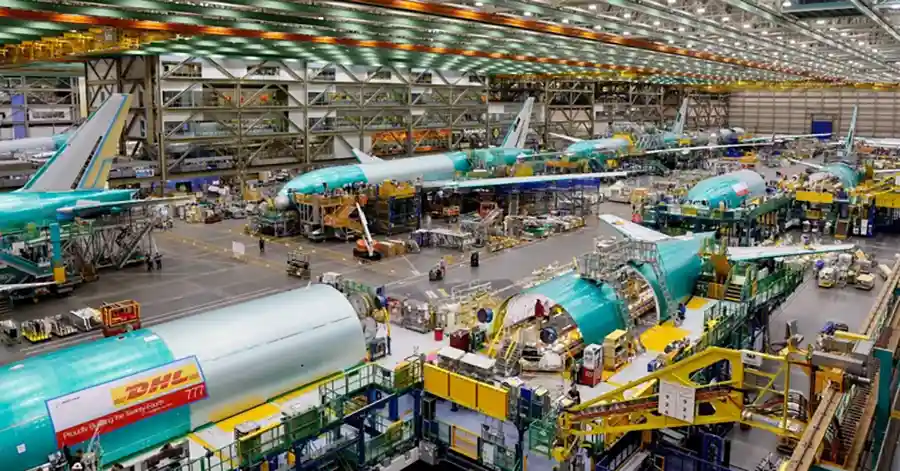










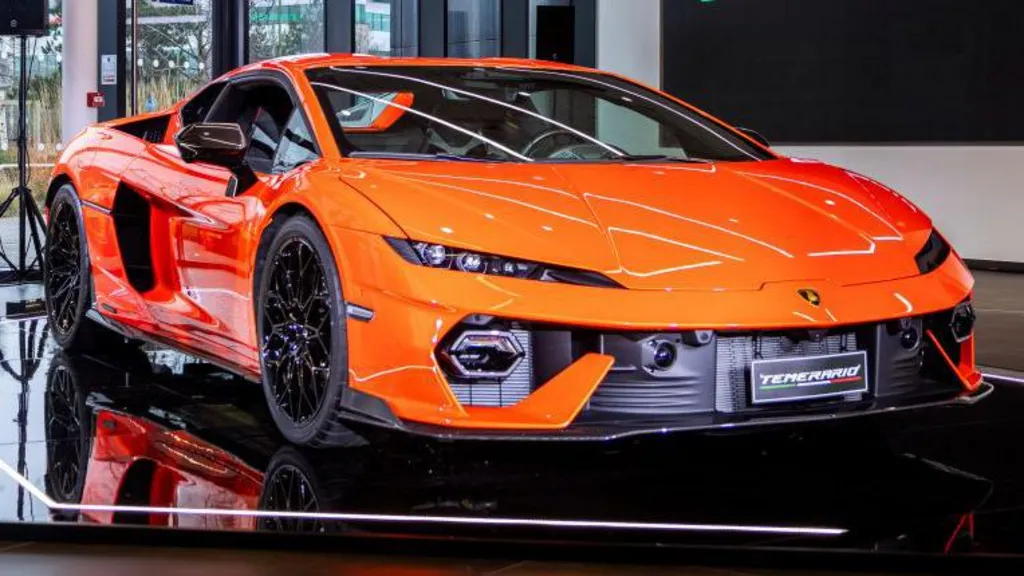
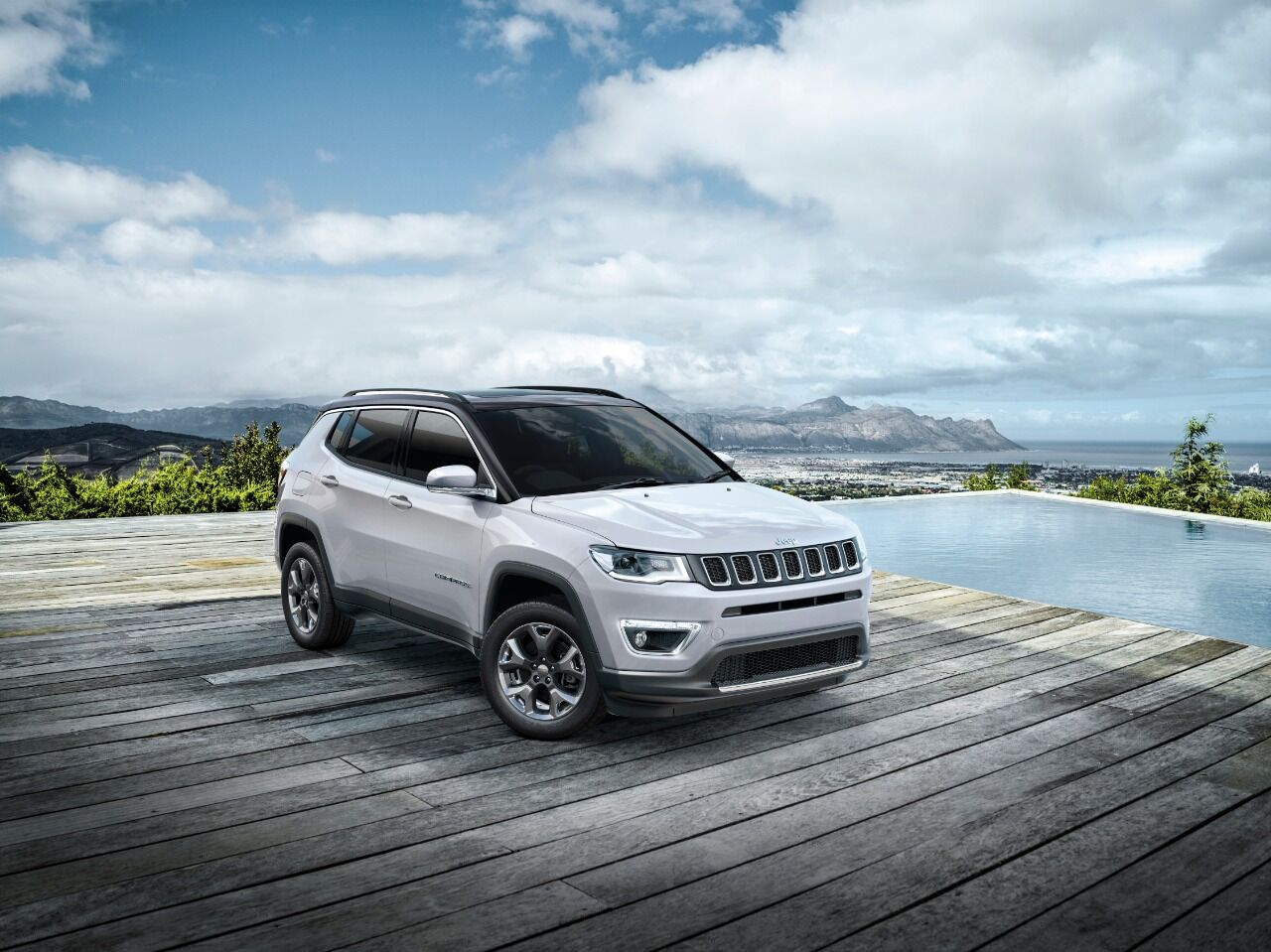
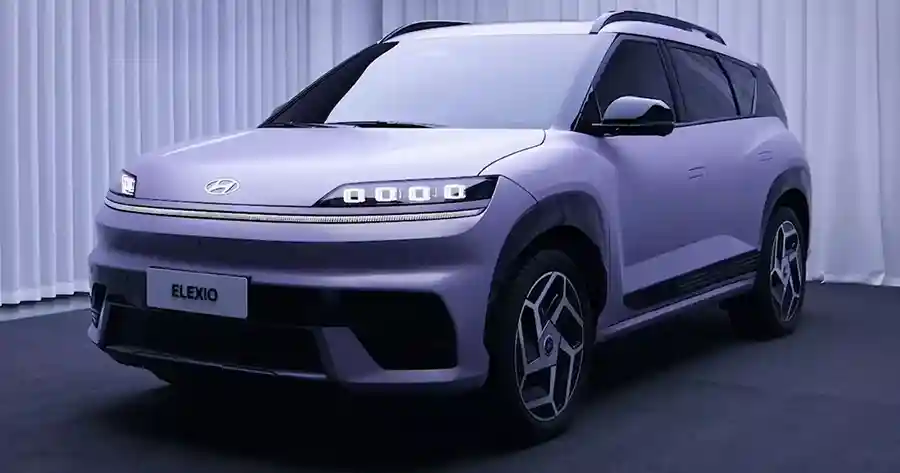
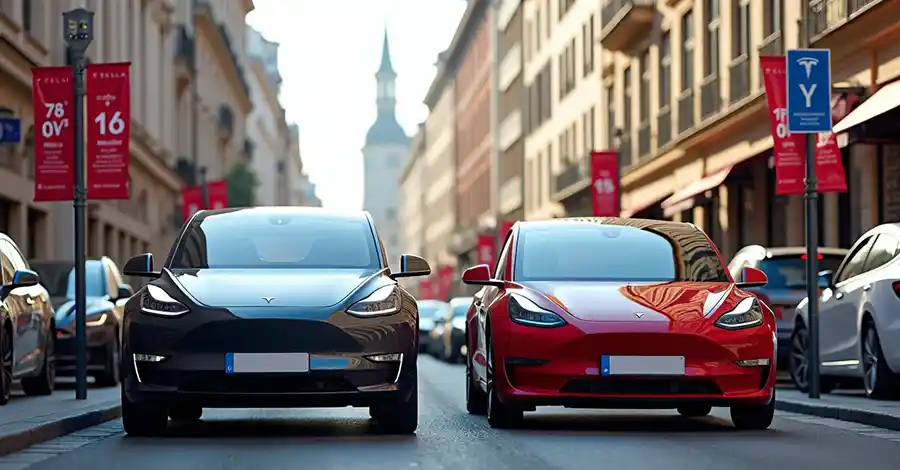


Comments